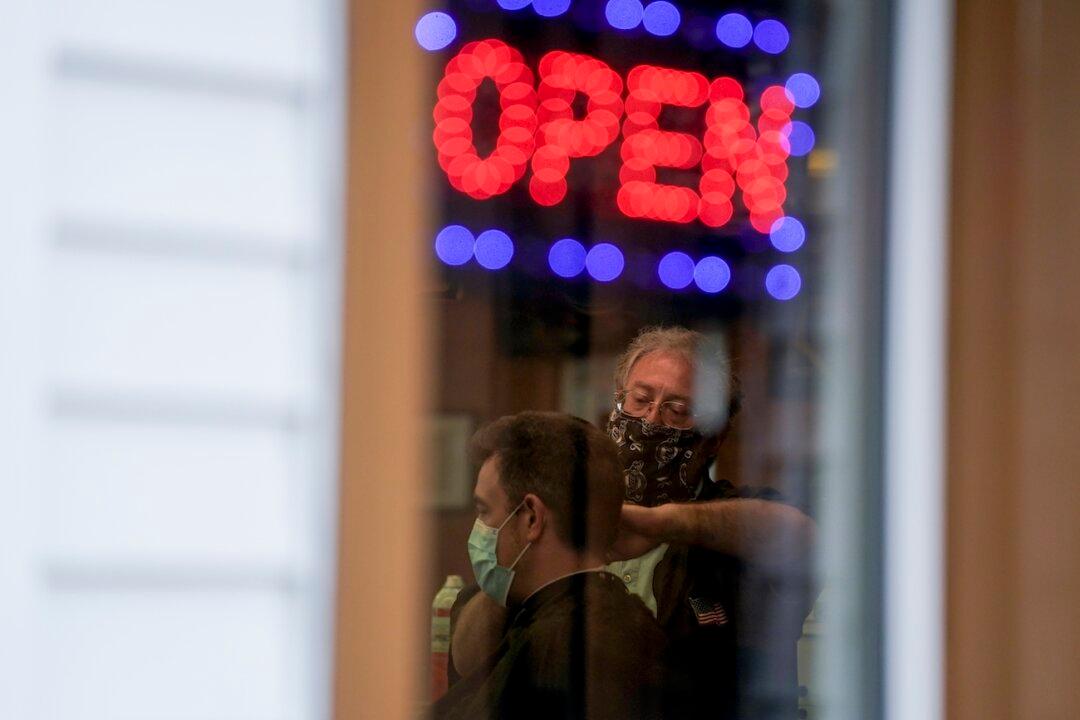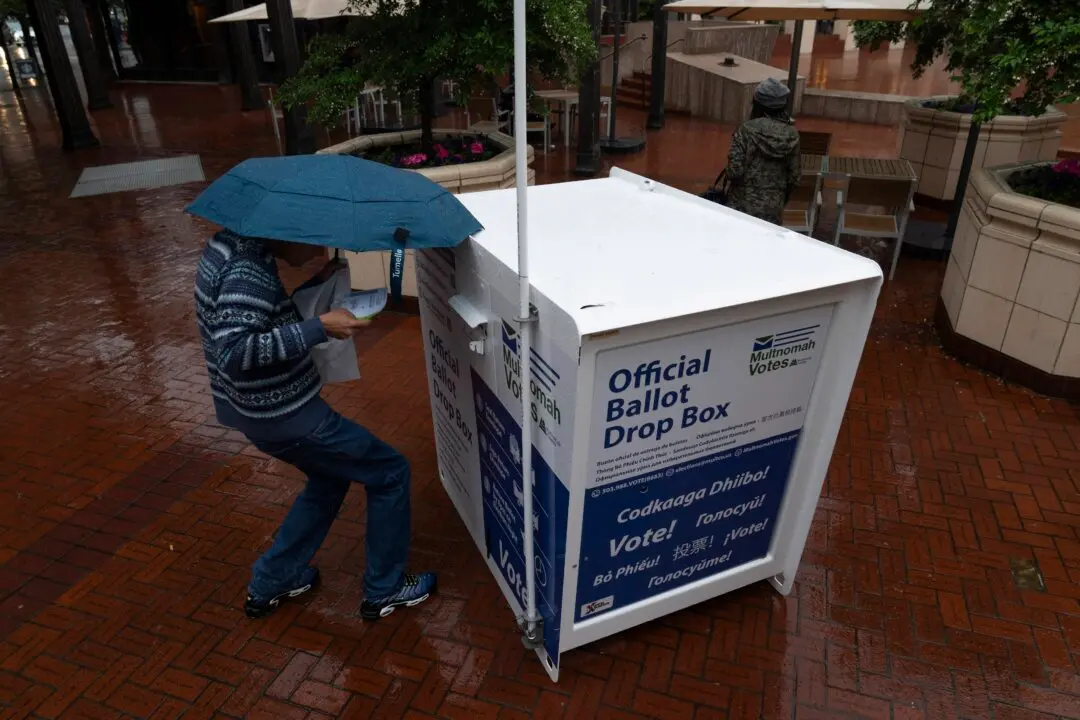A new poll shows that most small businesses in the United States are open in some capacity, though nearly two-thirds are worried about potential closures due to a second wave of COVID-19.
Nearly eight in ten small businesses (79 percent) are either fully (41 percent) or partially (38 percent) open, according to a Small Business Coronavirus Impact Poll taken between May 21–27 and jointly released on June 3 by the U.S. Chamber of Commerce and MetLife (pdf).





